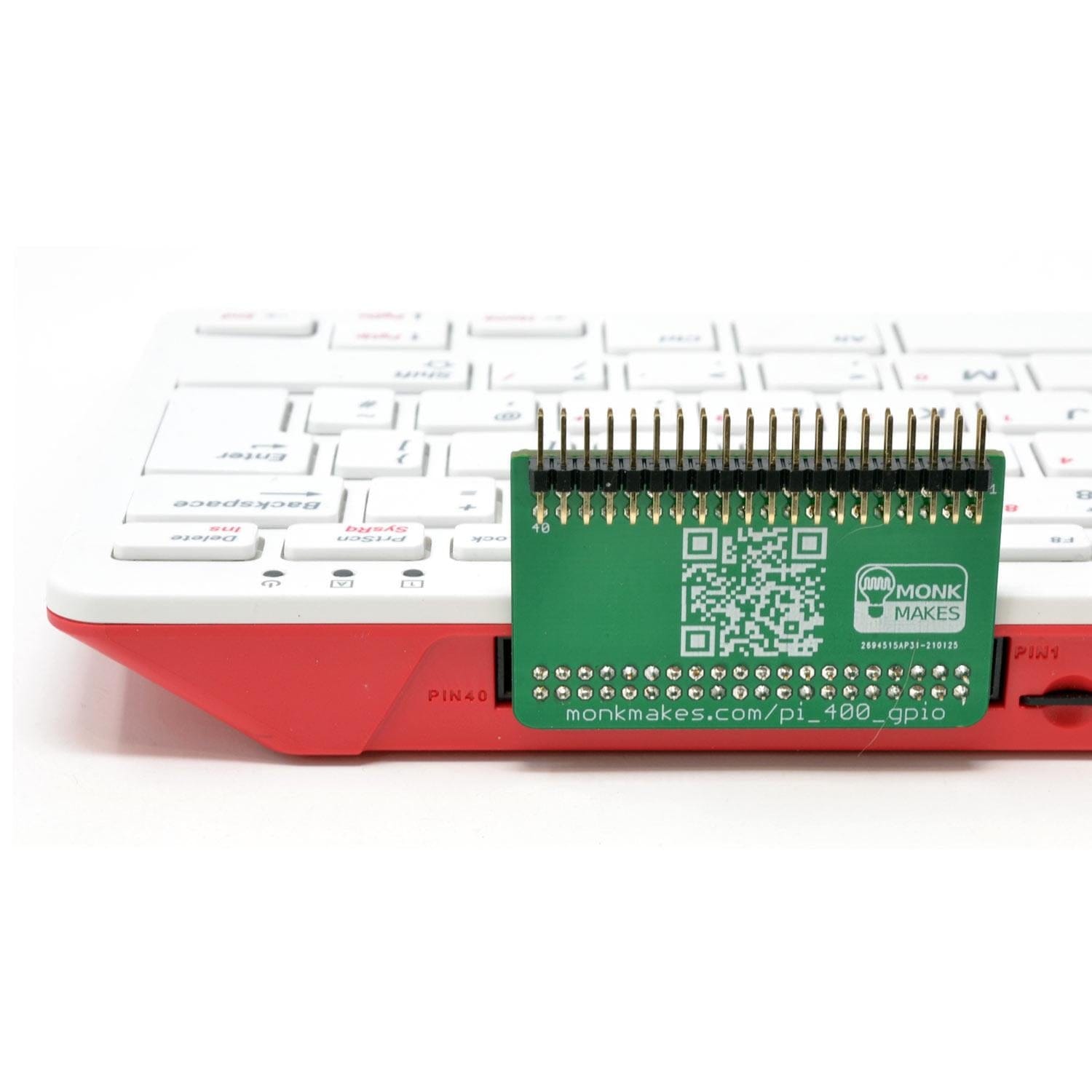![Air Quality Kit for Raspberry Pi 400 [Discontinued] by Monk Makes - The Pi Hut](http://thepihut.com/cdn/shop/products/air-quality-kit-for-raspberry-pi-400-monk-makes-104481-28775733723331.jpg?v=1646672599&width=1500)
![Air Quality Kit for Raspberry Pi 400 [Discontinued] by Monk Makes - The Pi Hut](http://thepihut.com/cdn/shop/products/air-quality-kit-for-raspberry-pi-400-monk-makes-104481-28775734149315.jpg?v=1646672767&width=1500)
![Air Quality Kit for Raspberry Pi 400 [Discontinued] by Monk Makes - The Pi Hut](http://thepihut.com/cdn/shop/products/air-quality-kit-for-raspberry-pi-400-monk-makes-104481-28775734804675.jpg?v=1646672771&width=1500)
![Air Quality Kit for Raspberry Pi 400 [Discontinued] by Monk Makes - The Pi Hut](http://thepihut.com/cdn/shop/products/air-quality-kit-for-raspberry-pi-400-monk-makes-104481-28775735427267.jpg?v=1646672773&width=1500)
![Air Quality Kit for Raspberry Pi 400 [Discontinued] by Monk Makes - The Pi Hut](http://thepihut.com/cdn/shop/products/air-quality-kit-for-raspberry-pi-400-monk-makes-104481-28775735754947.jpg?v=1646672777&width=1500)
![Air Quality Kit for Raspberry Pi 400 [Discontinued] by Monk Makes - The Pi Hut](http://thepihut.com/cdn/shop/products/air-quality-kit-for-raspberry-pi-400-monk-makes-104481-28775735951555.jpg?v=1646672779&width=1500)
Login / Signup
Cart
Your cart is empty
![Air Quality Kit for Raspberry Pi 400 [Discontinued] by Monk Makes - The Pi Hut](http://thepihut.com/cdn/shop/products/air-quality-kit-for-raspberry-pi-400-monk-makes-104481-28775733723331_1000x.jpg?v=1646672599)
![Air Quality Kit for Raspberry Pi 400 [Discontinued] by Monk Makes - The Pi Hut](http://thepihut.com/cdn/shop/products/air-quality-kit-for-raspberry-pi-400-monk-makes-104481-28775734149315_1000x.jpg?v=1646672767)
![Air Quality Kit for Raspberry Pi 400 [Discontinued] by Monk Makes - The Pi Hut](http://thepihut.com/cdn/shop/products/air-quality-kit-for-raspberry-pi-400-monk-makes-104481-28775734804675_1000x.jpg?v=1646672771)
![Air Quality Kit for Raspberry Pi 400 [Discontinued] by Monk Makes - The Pi Hut](http://thepihut.com/cdn/shop/products/air-quality-kit-for-raspberry-pi-400-monk-makes-104481-28775735427267_1000x.jpg?v=1646672773)
![Air Quality Kit for Raspberry Pi 400 [Discontinued] by Monk Makes - The Pi Hut](http://thepihut.com/cdn/shop/products/air-quality-kit-for-raspberry-pi-400-monk-makes-104481-28775735754947_1000x.jpg?v=1646672777)
![Air Quality Kit for Raspberry Pi 400 [Discontinued] by Monk Makes - The Pi Hut](http://thepihut.com/cdn/shop/products/air-quality-kit-for-raspberry-pi-400-monk-makes-104481-28775735951555_1000x.jpg?v=1646672779)
The MonkMakes Air Quality Kit for the Raspberry Pi 400 is based around the MonkMakes Air Quality Sensor board.
This add-on for the Raspberry Pi measures the quality of the air in a room (how stale the air is) as well as the temperature. The board has a display of six LEDs that display the air quality and a buzzer. Temperature and air quality readings can be read by your Raspberry Pi, and the buzzer and LED display can also be controlled from it via your own code.
Fitting: It is very important that you do not push the connector in at an angle, or push it too hard, as you may bend the pins on the Pi400 GPIO connector. When the pins are lined up correctly, they should push into place easily.
Note: Raspberry Pi not included
The Air Quality Sensor board is designed to be plugged directly into the back of a Raspberry Pi 400, however it can also be used with other models of Raspberry Pi using the jumper wires and GPIO template included in the kit (see example image).
The level of CO2 in the air we breathe has a direct influence on our well-being. CO2 levels are of particular interest from a public health point of view as, to put it simply, they are a measure of how much we are breathing other people's air.
We humans breathe out CO2 and so, if several people are in a poorly ventilated room, the level of CO2 will gradually increase. This is much the same as the viral aerosols that spread colds, flus and Coronavirus as people breathe both out together.
Another important impact of CO2 levels is in cognitive function – how well you can think. This study (amongst many more) have some interesting findings. The following quote is from the National Centre for Biotechnology Information in the USA:
“at 1,000 ppm CO2, moderate and statistically significant decrements occurred in six of nine scales of decision-making performance. At 2,500 ppm, large and statistically significant reductions occurred in seven scales of decision-making performance”
Source: https://www.ncbi.nlm.nih.gov/pmc/articles/PMC3548274/
The table below is based on information from https://www.kane.co.uk/knowledge-centre/whatare-safe-levels-of-co-and-co2-in-rooms and shows the levels at which CO2 can become unhealthy. The CO2 readings are in ppm (parts per million):
| Level of CO2 (ppm) | Notes |
| 250-400 | Normal concentration in ambient air. |
| 400-1000 | Concentrations typical of occupied indoor spaces with good air exchange. |
| 1000-2000 | Complaints of drowsiness and poor air. |
| 2000-5000 | Headaches, sleepiness and stagnant, stale, stuffy air. Poor concentration, loss of attention, increased heart rate and slight nausea may also be present. |
| 5000 | Workplace exposure limit in most countries. |
| >40000 | Exposure may lead to serious oxygen deprivation resulting in permanent brain damage, coma, even death. |
![Air Quality Kit for Raspberry Pi 400 [Discontinued] by Monk Makes - The Pi Hut](http://thepihut.com/cdn/shop/products/air-quality-kit-for-raspberry-pi-400-monk-makes-104481-28775733723331.jpg?v=1646672599&width=1500)
![Air Quality Kit for Raspberry Pi 400 [Discontinued] by Monk Makes - The Pi Hut](http://thepihut.com/cdn/shop/products/air-quality-kit-for-raspberry-pi-400-monk-makes-104481-28775734149315.jpg?v=1646672767&width=1500)
![Air Quality Kit for Raspberry Pi 400 [Discontinued] by Monk Makes - The Pi Hut](http://thepihut.com/cdn/shop/products/air-quality-kit-for-raspberry-pi-400-monk-makes-104481-28775734804675.jpg?v=1646672771&width=1500)
![Air Quality Kit for Raspberry Pi 400 [Discontinued] by Monk Makes - The Pi Hut](http://thepihut.com/cdn/shop/products/air-quality-kit-for-raspberry-pi-400-monk-makes-104481-28775735427267.jpg?v=1646672773&width=1500)
![Air Quality Kit for Raspberry Pi 400 [Discontinued] by Monk Makes - The Pi Hut](http://thepihut.com/cdn/shop/products/air-quality-kit-for-raspberry-pi-400-monk-makes-104481-28775735754947.jpg?v=1646672777&width=1500)
![Air Quality Kit for Raspberry Pi 400 [Discontinued] by Monk Makes - The Pi Hut](http://thepihut.com/cdn/shop/products/air-quality-kit-for-raspberry-pi-400-monk-makes-104481-28775735951555.jpg?v=1646672779&width=1500)








